How do you create a perfectly white wall in your photos? Easy, just pull a few sliders in Photoshop. Now, here’s the challenge. How do you create a perfectly white wall without Photoshop? Beyond Photography shows you how:
Using Studio Strobes
You’ll need two studio strobes for this technique. Set the power to slightly higher than half power. Make sure that your lights are on optical slave mode (they fire when they sense another light firing). They will be triggered using a hot-shoe mounted flash.
Start with the following camera settings: f/11, ISO 200, and 1/125 of a second. Set your white balance to 5000 K.
Let’s say you’re shooting with a model. Before you even ask your model to step into the frame, measure the brightness of the white wall by taking a shot. The idea is to check how white the wall is.
Assuming, that you know how to check histograms, the aim is to put the white wall on the extreme right of the histogram (right = bright).
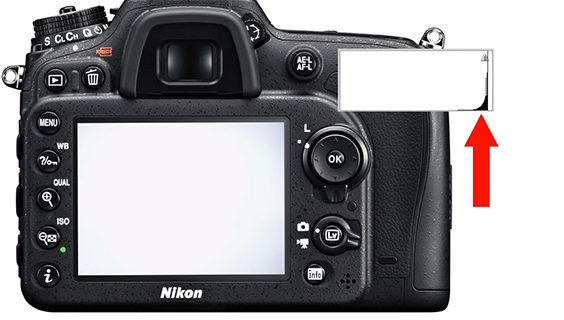
Use your histogram to check the wall’s whiteness.
If the histogram says that it is absolutely Hexa F white (#666666), then fine. If not, simply increase your ISO to get it right.
Why ISO? Studio shots are precisely shot over a predetermined aperture, so changing it may not be warranted. Also, shutter speed controls shadow and ambient light. The solution is to increase the ISO.
This is the result achieved by Andrew Boey by doubling the ISO.
And here’s the first shot using the model in the mix.
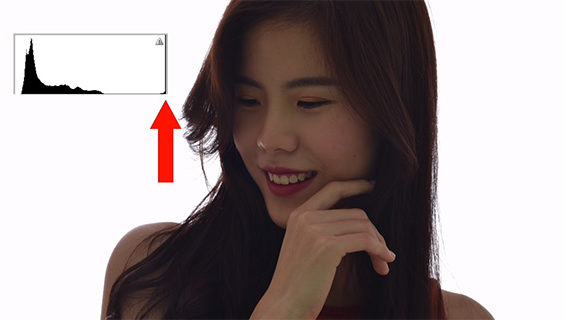
ISO 400
But wait. That doesn’t look right. The background is absolutely white but the model is clearly underexposed. So, how do you make the model well exposed? Add more light? Maybe. But there is also another way. Increase the ISO. Here’s the result after doubling the ISO from 400 to 800.
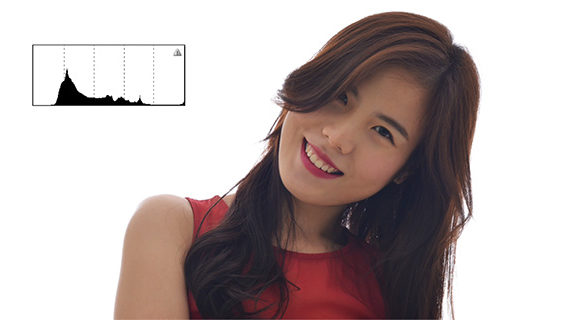
ISO 800
Using Speedlights
To get the same result without studio strobes, you need two speedlights. Set them up at about full power and to fire on optical trigger. Use the same camera settings as above.
Again, begin by taking a shot of the white wall and checking how white the wall is. Adjust the ISO to make it perfectly white (based on your histogram). Bring in the model. Take the shot.
Have you tried this technique? How does it work?
Like This Article?
Don't Miss The Next One!
Join over 100,000 photographers of all experience levels who receive our free photography tips and articles to stay current:
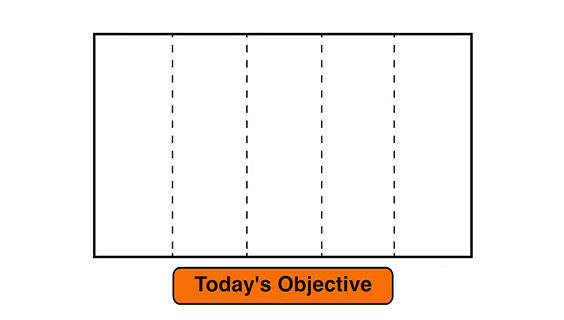
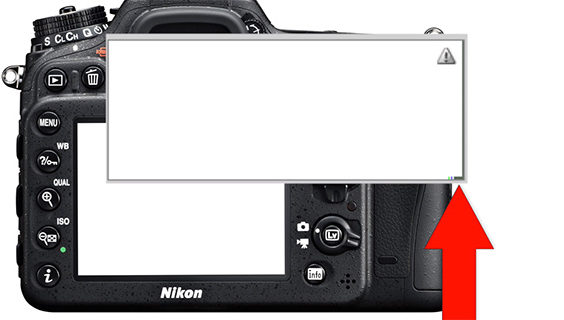






hi Andrew is there a way to make this work when shooting video with continuous light?